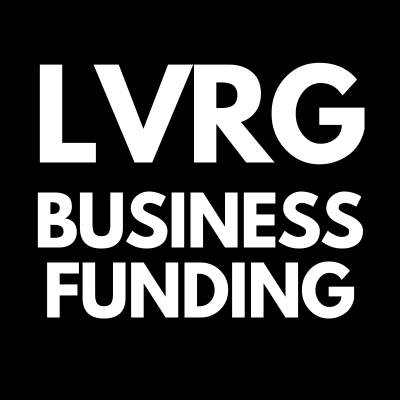The Lifeline of Business: Surviving the Perils of Cash Flow Drought
Introduction:
Cash flow is the lifeblood of every business, ensuring its day-to-day operations, growth, and resilience. It acts as the critical fuel that powers a company's wheels, enabling it to meet financial obligations, invest in innovation, and weather unexpected storms. But what if this flow seizes? How long can a business survive without cash flow? In this article, we delve into the perils of a cash flow drought and explore the strategies that can help businesses navigate through challenging times.
The Impact of Zero Cash Flow:
A business without cash flow is like a ship without an anchor, vulnerable to sinking under even the slightest adverse circumstances. Here are some ways in which the absence of cash flow can adversely affect a business:
1. Inability to Meet Financial Obligations: Without incoming cash, businesses struggle to pay suppliers, employees, and utility bills, which can lead to a rapid deterioration of operational efficiency and relationships.
2. Limited Growth Opportunities: Cash flow is essential for investment in new equipment, technology, and expansion initiatives. A lack of cash flow hampers growth prospects and can restrict a business's ability to stay competitive in the market.
3. Stagnating Innovation and Inadequate Research: Cash-strapped businesses often struggle to allocate funds towards research and development, hindering innovation and the ability to adapt to changing customer demands and market dynamics.
4. Reduced Marketing and Sales Activities: Limited cash flow restricts marketing efforts and the ability to reach potential customers, hindering lead generation and sales growth.
The Survival Timeline:
The survival time frame for a business without cash flow can vary significantly depending on various factors, including the company's size, industry, existing reserves, and ability to adapt. However, businesses generally face a critical period of around three to six months before succumbing to financial distress.
Strategies for Surviving Cash Flow Drought:
While operating without cash flow is undoubtedly challenging, businesses can adopt several strategies to navigate through these tough times and improve their chances of survival:
1. Cash Flow Forecasting: Regularly monitor and update cash flow forecasts to gain a clear picture of your financial standing. This will help in identifying potential shortfalls and taking proactive steps to mitigate them.
2. Cost Reduction Measures: Look for areas where costs can be trimmed without hampering essential operations. Analyze discretionary spending, negotiate with suppliers, and optimize inventory management to save cash.
3. Emergency Cash Reserves: Build and maintain an emergency fund to sustain operations during lean periods. This reserve can act as a crucial lifeline when cash flow temporarily dries up.
4. Diversify Revenue Streams: Explore additional revenue streams that align with your core business to decrease reliance on a single source of income. This diversification can help mitigate the impact of a sudden cash flow drought.
5. Strengthen Customer Relationships: Maintain open lines of communication with your customers, especially during difficult times. Offer flexible payment terms, create loyalty programs, and incentivize early payments to ensure timely cash inflows.
6. Seek External Financing: In times of crisis, businesses can turn to external financing options such as small business loans or lines of credit to bridge the cash flow gap. Lenders like LVRG BUSINESS FUNDING provide tailored funding solutions that can inject much-needed liquidity.
Conclusion:
While the exact timeline for business survival without cash flow remains variable, it is crucial for enterprises to be prepared and proactive in their approach. By implementing effective cash flow management strategies, businesses can increase their chances of weathering the storm and emerging even stronger. Remember, cash flow is the heartbeat of a business, and safeguarding it should be a top priority in every entrepreneur's playbook.
Written by Charles Barr, CEO of LVRG Funding

